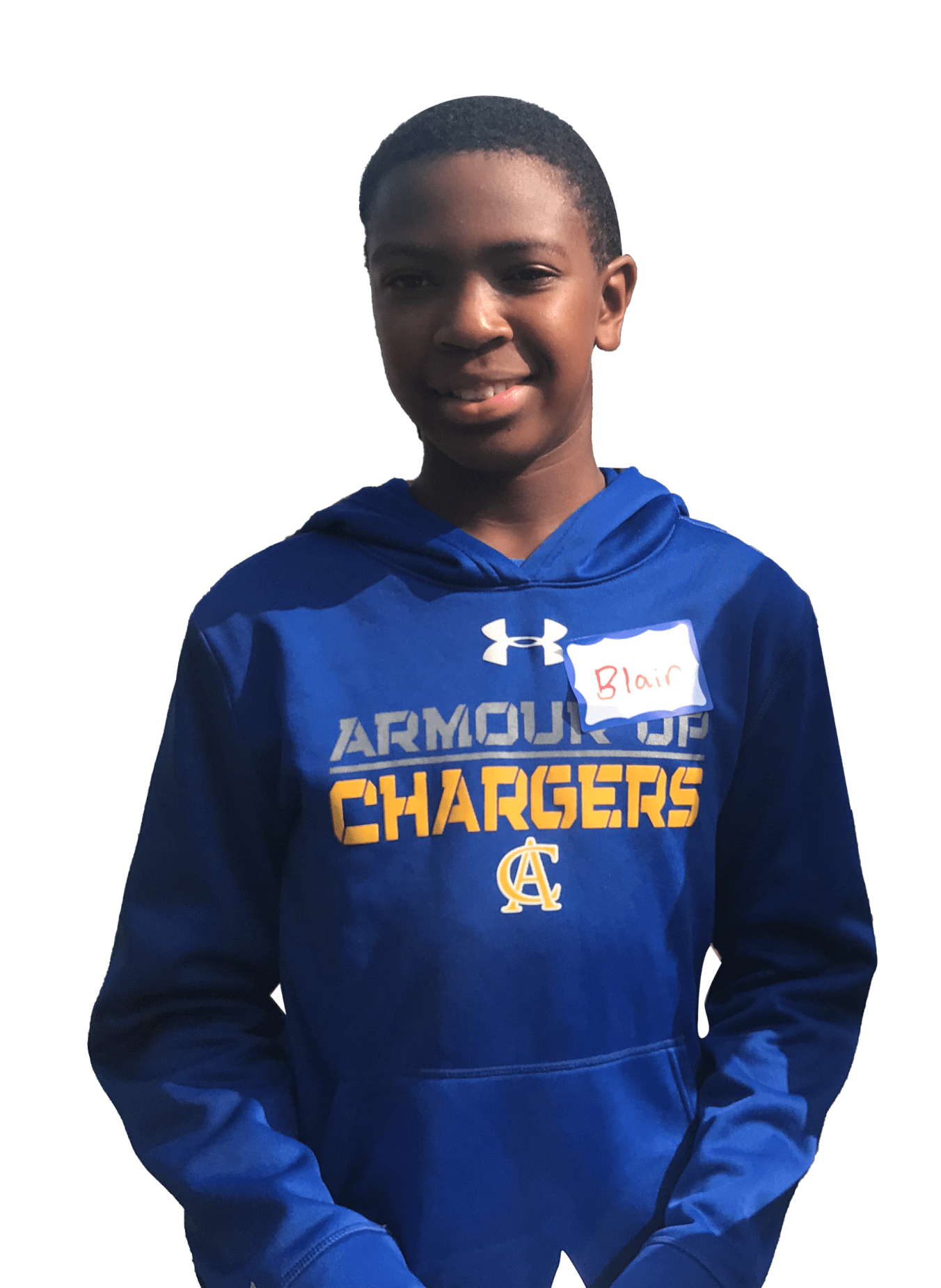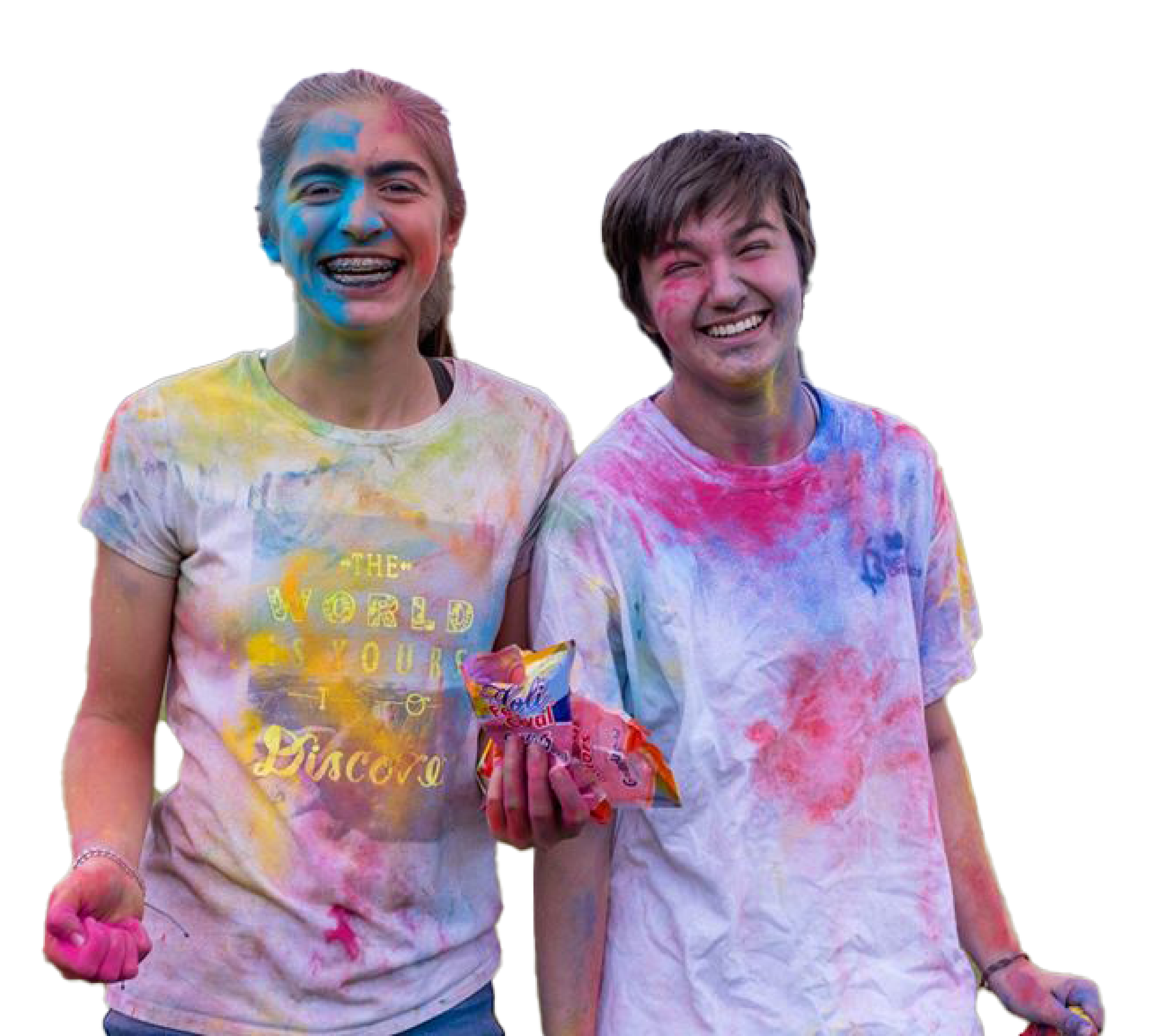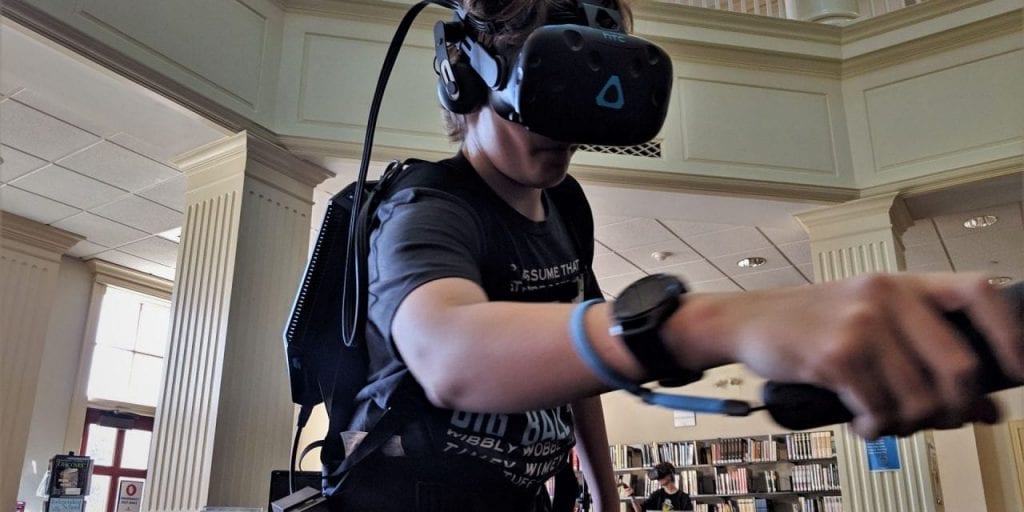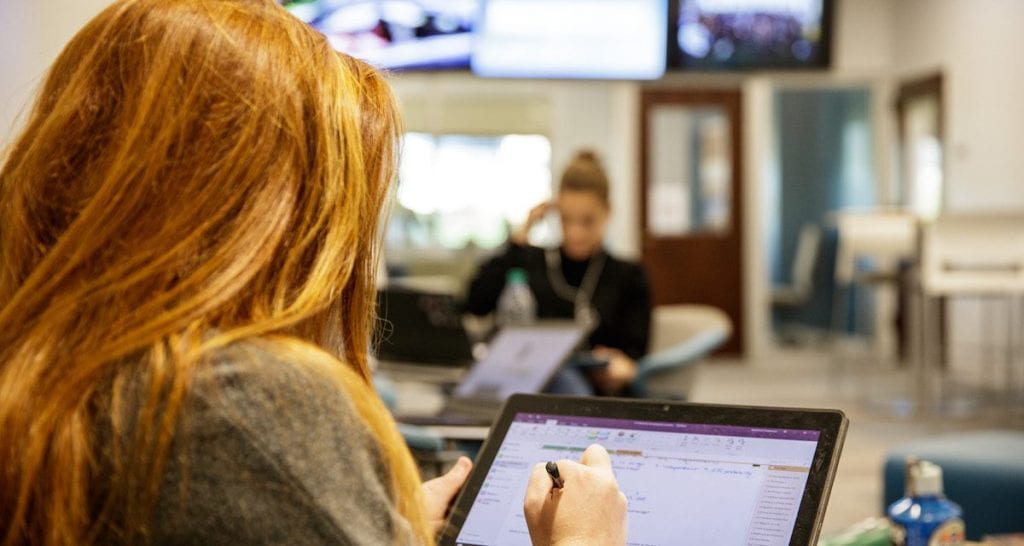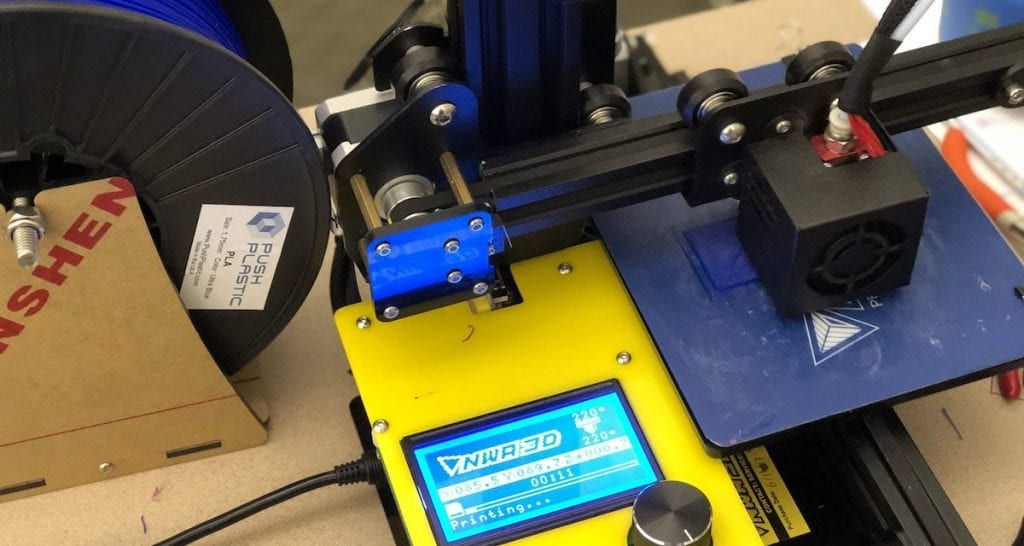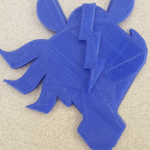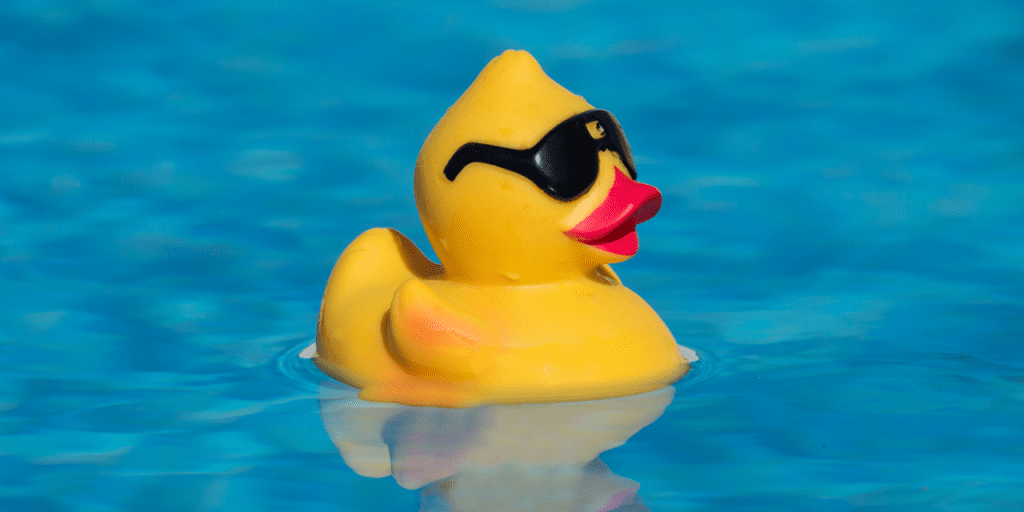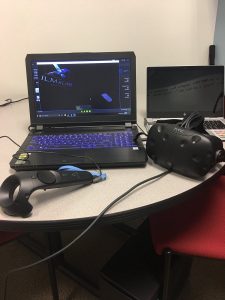It’s Computer Science Week at CA! The week is held every year in honor of Admiral Grace Murray Hopper, whose birthday is December 9. Hopper is known for creating one of the first compilers that converted english into machine code, among other things.
This year, the computer science department and the Upper School WISE club (Women in Science and Engineering) are hosting a week full of fun experiences that focus on the four aspects of computational thinking: decomposition, pattern recognition, abstraction, and algorithm design. Both decomposition (the breaking down of a problem into smaller manageable parts) and abstraction (identifying and extracting relevant information to assist in solving a problem) aid in pattern recognition and identifying trends. When used together, these skills lay the foundation for creating an algorithm design or plan of attack for solving or working through a problem.
All week, the library has been abuzz with various opportunities for the Cary Academy community to have fun and explore these concepts. Activities range from brain teasing origami to virtual and augmented reality experiences.
Virtual reality returned this year with different experiences for each day of the week. Users have shot a bow and arrow, helped R2-D2 fix the Millennium Falcon, avoided spaceship fire, or sliced fruit with a Samurai sword. A fan favorite will be chosen for Friday’s experience.
This year also saw the addition of more items and games, including a Microsoft HoloLens Scavenger Hunt in the library. Librarian Brian Pugsley placed holograms all around the first floor of the library for scavengers to discover. Participants who find the most by the end of the week will win a Merge AR Cube, an augmented reality toy that allows you to hold holograms in your hand.
Another new activity this year is a traditional 1000-piece jigsaw puzzle featuring Georges Seurat’s painting A Sunday Afternoon on the Island of La Grande Jatte (1884–1886). Famous for his innovative methods and techniques, Seurat used logical abstraction and mathematical precision to construct his paintings. He, along with artist Paul Signac, is credited for inventing a painting technique called pointillism, which relies on the viewer’s eye and brain to blur and blend many small dots together into a fuller range of tones that create an image. Pointillism led the way for image rendering and is the foundation for how computer screens work.
WISE strives to promote and support women in science and engineering while creating a collaborative and social academic environment for all. To that end, the week will culminate with a WISE-sponsored event for all Middle School students this Saturday in the Discovery Studio. Students will have the opportunity to participate in a variety of STEM-related activities outside of the classroom, including working with liquid nitrogen alongside an NC State engineering professor, learning statistics from jellyfish, computational thinking games, and virtual reality.
Computer science and the principles of computational thinking are in everything that we do. During Computer Science Week, we strive to provide all types of activities showcasing this fact, many of which do not involve a computer at all. This year, one of the biggest hits with the community has been a hanging balancing puzzle game called Suspend. Another fan favorite, back from last year, is Mindbender Origami.
Personally, Computer Science Week is my department’s favorite week of the year. We’re sad to see it come to an end, but have already started thinking about what next year will bring.
